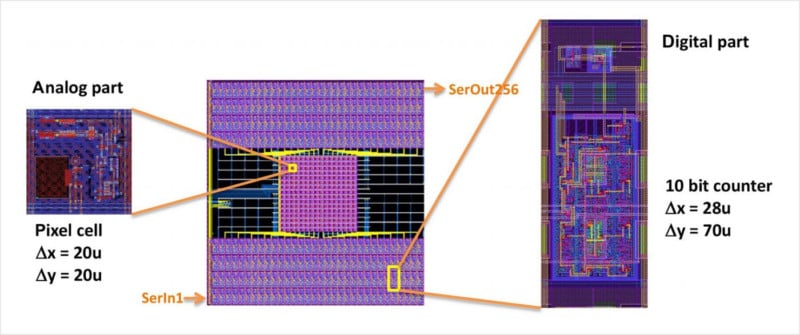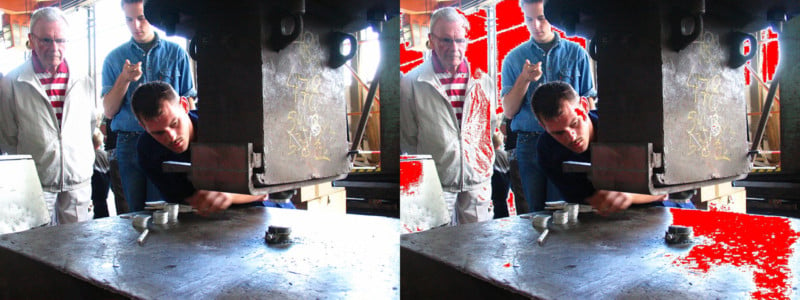New Image Sensor Could Make Blown Highlights a Thing of the Past
![]()
German researchers have created a new high dynamic range (HDR) CMOS image sensor that features a new pixel design that could pretty much do away with blown highlights.
By using special circuity that both counts how many times a pixel has reset as well as the charge remaining at the conclusion of an exposure, the sensor essentially has the ability to capture unlimited highlight details.

The scientists at Institut für Mikroelektronik Stuttgart detailed their design in a paper titled “Realization and opto-electronic Characterization of linear Self-Reset Pixel Cells for a high dynamic CMOS Image Sensor” that was published last month in the journal Advances in Radio Science.
If this technology were developed further and introduced into digital still cameras, it could transform the mindset with which photographers shoot — instead of trying to figure out things like motion blur, depth of field, and noise with the specter of crushed shadows or blown highlights looming over the process, one could focus more on creativity and less on perfecting the exposure.

But for now, it’s unclear if or when “self-resetting pixels” will make their way into consumer still cameras. Lead researcher Stefan Hirsch tells DPReview that while the current focus is in video for industrial applications, “basically it should also be possible to use for still images.”
(via Image Sensors World via DPReview)